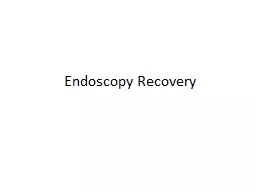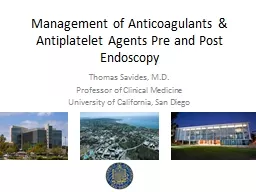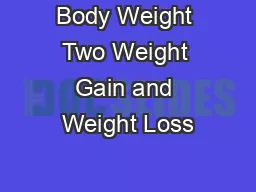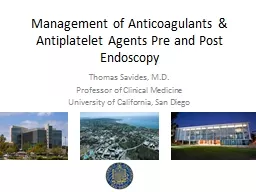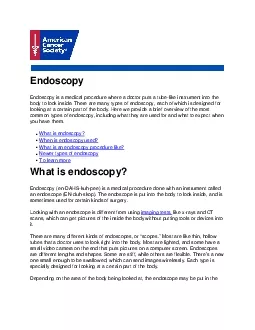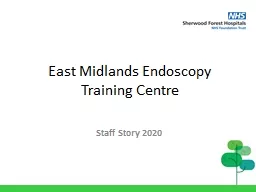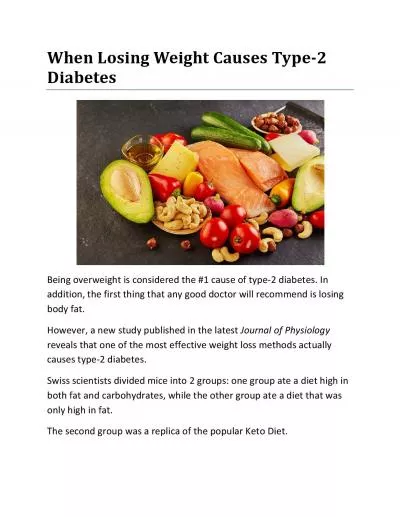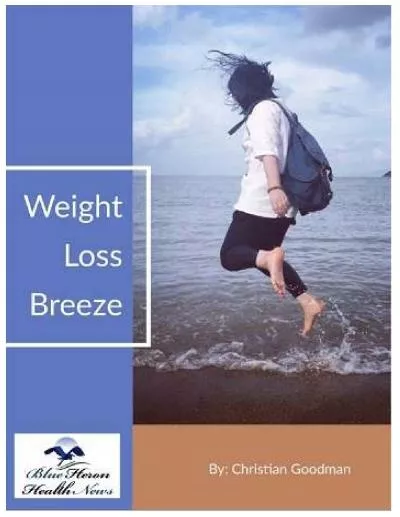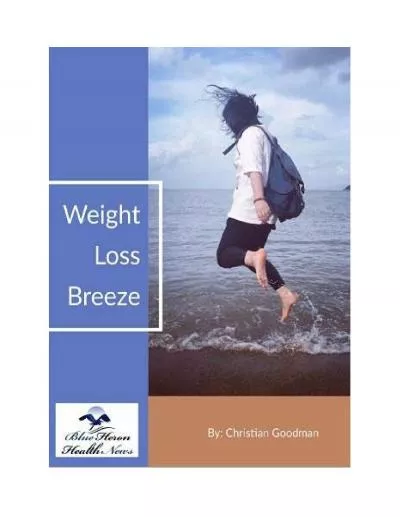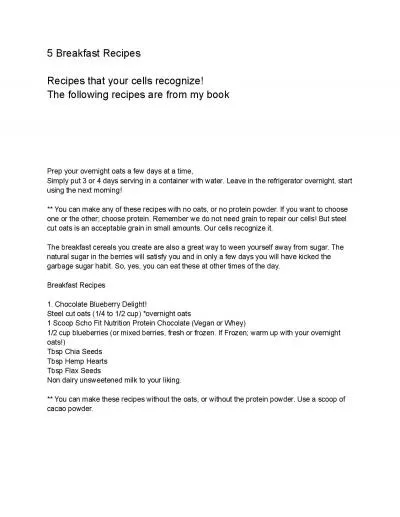PPT-Endoscopy Recovery Age ≥55 with weight loss
Author : lucinda | Published Date : 2022-06-11
AND 1 or more Upper abdo pain Reflux Dyspepsia Dysphagia 2WW OGD Based on NICE NG12 Section 12 Upper GI tract cancer Upper GI Suspected Cancer Recognition amp
Presentation Embed Code
Download Presentation
Download Presentation The PPT/PDF document "Endoscopy Recovery Age ≥55 with weight..." is the property of its rightful owner. Permission is granted to download and print the materials on this website for personal, non-commercial use only, and to display it on your personal computer provided you do not modify the materials and that you retain all copyright notices contained in the materials. By downloading content from our website, you accept the terms of this agreement.
Endoscopy Recovery Age ≥55 with weight loss: Transcript
Download Rules Of Document
"Endoscopy Recovery Age ≥55 with weight loss"The content belongs to its owner. You may download and print it for personal use, without modification, and keep all copyright notices. By downloading, you agree to these terms.
Related Documents

